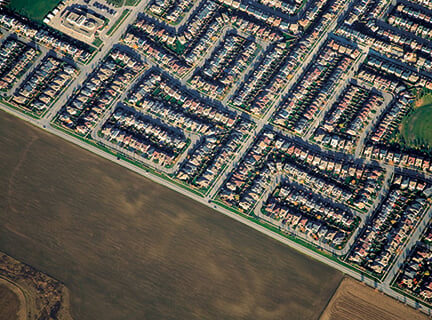Paydirt: Investing in land
Canadian cities are growing fast. If you invest in the right land before the developers do, you could make millions
Advertisement
Canadian cities are growing fast. If you invest in the right land before the developers do, you could make millions

Share this article Share on Facebook Share on Twitter Share on Linkedin Share on Reddit Share on Email
Great article!